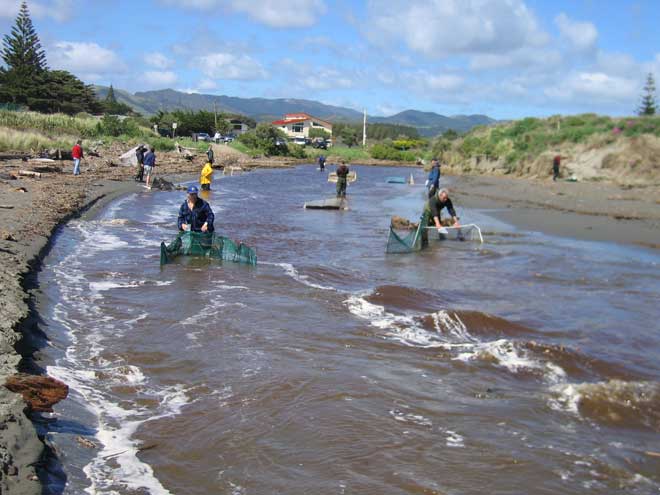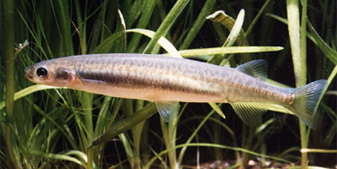Kua Timata te Kōanga – A Story of Whitebait

Jj woke from the loudness of the day. The manu (birds) were singing their waiata (songs), and the rays of Tama-nui-te-rā were shining bright through the window. Jj sensed an excitement to the day but was unsure what adventures awaited. He rushed to get ready, throwing on a red t-shirt and shorts from the pile of clothes on the floor, running out the door, and hopping on his BMX.
As he biked down the street to his friend Tray’s house, he noticed everyone working outside, many tending to their māra (garden). He thought to himself, “Everyone must be feeling the same excitement as me!” He arrived at Tray’s house and asked if he wanted to go on an adventure. Tray was keen. They set out on their bikes ready to seize the day. As they arrived in the township, they saw many cars with nets tied to the roof tops heading out to the awa (river). Tray exclaimed, “Everyone is off whitebaiting. It’s the first day of the season. Let’s go!” Off they went on their bikes following the cars.
When they arrived at the awa, many people were standing on the banks setting up for the day. The two boys saw Matua Joseph and headed towards him. They immediately began peppering him with questions. The boys reminded Matua Joseph of himself as an inquisitive and excited young boy going out whitebaiting with his dad, and he wanted to share as much knowledge as he could. The boy’s eyes widened with excitement as they learned and practised the ins and outs of whitebaiting. They spent the day moving from person to person watching and absorbing knowledge about the tikanga (protocol and procedures) and pūrākau (stories) of whitebaiting.

The boys arrived back home just as Tama-nui-te-rā was going down for the day. Their bodies were exhausted, but their minds were on fire. They shared stories with their whānau (family) from their amazing adventures along the awa. Best of all, they shared whitebait and filled their bellies with nourishing kai (food).
A day of play became a gift for the entire hapori (community). The boys’ minds were enriched with pūrākau and tikanga that provided them with the knowledge of how to care for the awa and whitebait. The boys now had knowledge they could pass on to others to ensure the continuation of a sustainable practice of whitebaiting. The ability to share the catch with their whānau, especially kaumatua (elders), demonstrated aroha (affection) and perpetuated manaakitanga (generosity and care for others) within their rohe (region) and fed their tinana (body). The day of play strengthened everyone’s waiora (health) and wairua (spirit).
What are other ways that play strengthens our hapori? What can we learn and share from our times of play?
Whitebait in New Zealand from Te Ara, The Encyclopaedia of New Zealand
What are whitebait?
The word whitebait does not refer to a single species. It is a general term used in many countries to describe small freshwater fish that are tender and edible. In New Zealand it describes the juvenile forms (around 4–5 centimetres long) of five species of the fish family Galaxiidae. In spring, whitebait make their way upstream from the sea, swimming near the river’s edge. Large shoals are referred to as runs. Big runs often follow floods, a few days after the water clears – usually in the daytime on a rising tide. Whitebait can be caught from many New Zealand rivers. Whitebaiters set nets and sit on the river bank, hoping to harvest this popular delicacy.
Five native species: Whitebait are the juveniles of five species:

- Īnanga (Galaxias maculatus)
- Kōaro (Galaxias brevipinnis)
- Banded kōkopu (Galaxias fasciatus)
- Giant kōkopu (Galaxias argenteus)
- Shortjaw kōkopu (Galaxias postvectis)
IPA Aotearoa NZ is a branch of the International Play Association (IPA World) and is a non-governmental organisation that exists to promote the child’s right to play, their way.
